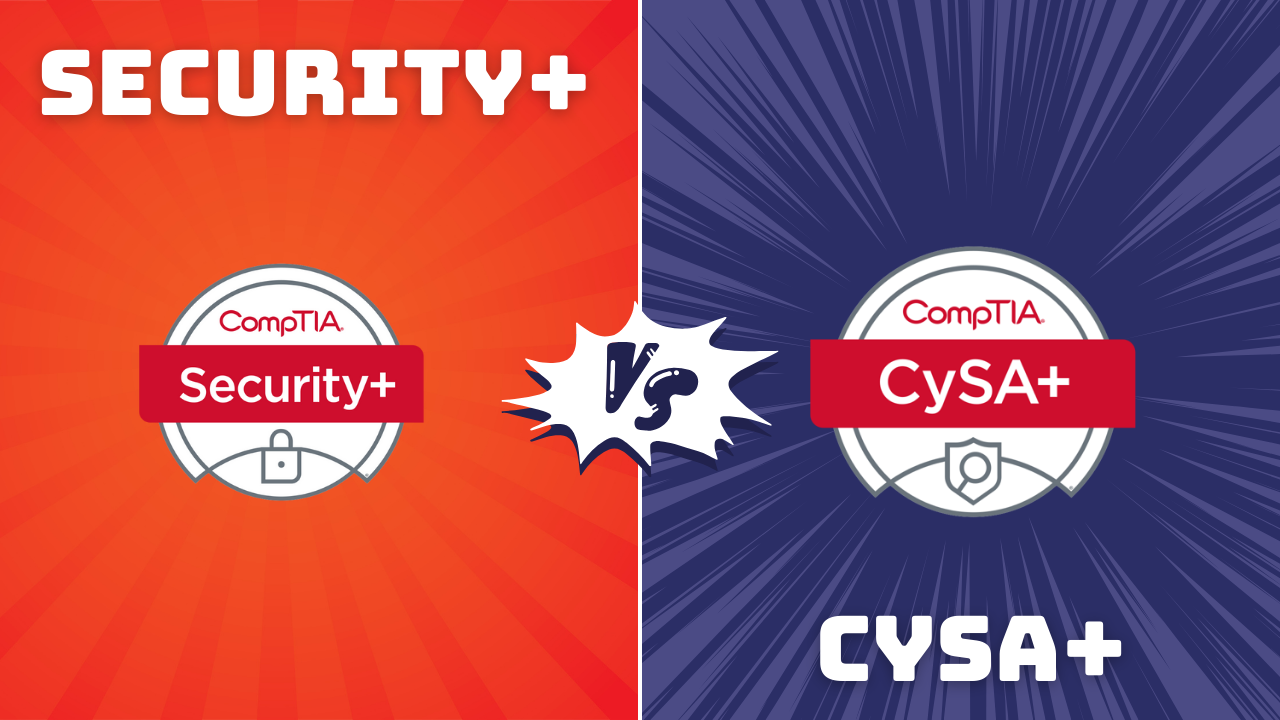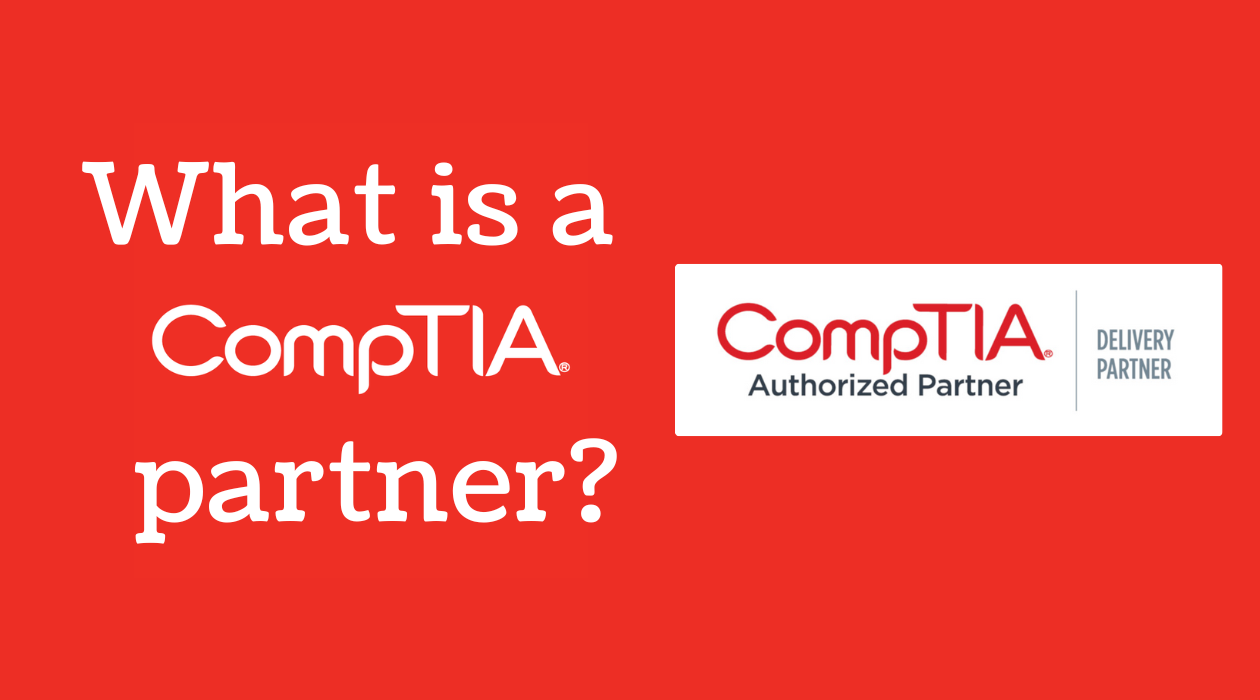CompTIA Security+ SY0-701 — Practice Questions
1,400 Questions
Expert written, accurate practice questions. Take them at your own pace, one at a time, or create a practice test.
CompTIA Security+ SY0-701 — Practice Tests
1,400 Questions
Create a custom practice test using our bank of 1,400 questions.
CompTIA Security+ SY0-701 — Flashcards
374 Flashcards
Flashcards of acronyms, terms, and more.
CompTIA Security+ SY0-701 — Performance-Based Questions
2 Performance-Based Questions (PBQs)
Configure routers, build workstations, identify cables and more hands-on exercises.

CompTIA Security+SY0-701
CompTIA Security+ SY0-701 Flashcards
Acronyms, terms, and other helpful info in matching mode, flashcard mode and more.
CompTIA Security+ SY0-701 Performance-Based Questions
Configure routers, build workstations, identify cables and more hands-on exercises.
Home WLAN Network Configuration
Premium Content
Configure a home wifi network with various security options, wireless settings and MAC filtering
Public WLAN Network Configuration
Premium Content
Configure a Public Wireless Local Area Network for an airport terminal
Network Components and Common Protocols
Premium Content
Reverse engineer a major corporation's network topology and identify frequently used servers.





